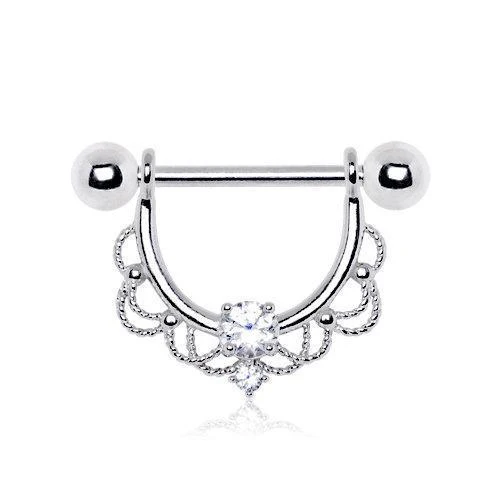Getting a nipple ring can be an exciting and empowering form of self-expression, but it is essential to understand what you are getting into before taking the plunge. The process involves more than just picking a cool piece of jewelry it requires consideration of anatomy, healing time, and personal readiness. Nipple piercings are typically done with a sterilized hollow needle by a professional piercer in a clean, licensed studio. If you are considering this piercing, be sure to research local studios, read reviews, and choose an experienced piercer who follows proper hygiene protocols. This initial decision lays the foundation for a healthy and successful piercing experience. Pain is one of the biggest questions people have when it comes to nipple piercings, and it is important to go in with realistic expectations. Everyone experiences pain differently, but generally, nipple piercings are considered moderately to highly painful due to the concentration of nerve endings in that area.

The good news is that the actual piercing is quick, often taking only a few seconds per nipple. Some people describe it as a sharp pinch followed by a warm throbbing sensation. While the initial sting fades quickly, some soreness and tenderness can persist for days afterward. The healing process for nipple piercings is longer than many expect, and patience is key. Healing can take anywhere from 6 to 12 months depending on your body, lifestyle, and aftercare habits. During this time, it is essential to avoid playing with or rotating the jewelry and to keep the area clean with a saline solution or as advised by your piercer. Avoid submerging your piercing in pools, hot tubs, or lakes, especially in the early stages, as this can introduce bacteria. Wearing loose, nipple rings breathable clothing can also help minimize irritation and promote healing. Choosing the right jewelry for your initial piercing is another important factor.
Most piercers will recommend starting with a straight barbell made from implant-grade titanium, surgical steel, or niobium, which are less likely to cause allergic reactions or irritations. While hoops might look appealing, they can move around too much during healing, increasing the risk of complications. Stick to what’s recommended during the initial stage and save more decorative styles for after you have fully healed. Aftercare does not stop at just cleaning the area you will need to make some lifestyle adjustments, too. Intense physical activity, rough contact, and even certain sleeping positions can aggravate a healing nipple piercing. Be mindful during workouts or intimate moments, and consider using a padded sports bra or soft cloth bandage to reduce friction. Taking a proactive approach to aftercare will reduce the chances of infection, migration, or rejection.
